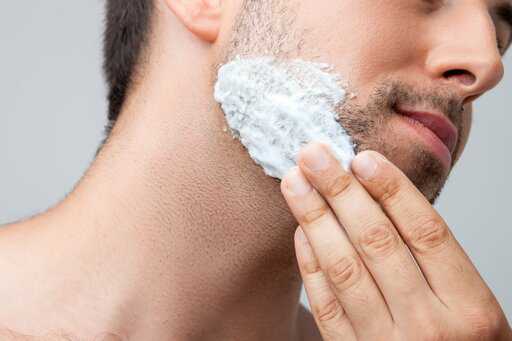For a lot of us, growing a great beard isn’t just about staying healthy and using the right products. Although these are essential parts of growing the beard of your dreams, an equally important aspect is choosing the style of beard that goes best with your face and personality.
If you have tried out some of the more basic looks and are still shopping around for the right kind of beard for you, let us suggest the ducktail beard style. Trust us, it’s not as goofy as the name might suggest.
What is a ducktail beard?
The ducktail is named as such because, as you might have already guessed, its shape is roughly the same as a duck’s tail. Weird, right?
Basically, this beard style involves growing out the hair on your chin, but consistently trimming the sides, neck, and moustache so that the growth on your beard is significantly more prominent. For many men, their chin hair will naturally taper off into a point, but some men will need to trim. The length, width, and pointiness of the duck tail are all subject to personal preference, but typically look best between 2 and 4 inches.
The main difference between a ducktail and a goatee-beard is that your moustache will stay short throughout the process. This means keeping your moustache trimmed along with the rest of your facial hair, excluding the chin.

Variations of the ducktail beard
Not all ducktail beards are the same. While everyone’s facial hair is different and has its own unique flair, there are some general trends that will help you determine what kind of beard style you like best. Here are a few of the most common variations of the ducktail:

Short ducktail
This look tends to be the neatest and most work-appropriate take on the ducktail. In form, it almost resembles a goatee, except that the stubble on your cheeks and your mustache is never entirely removed.
Like all short beards, this option is great for men who don’t have the time or energy to invest in extended grooming. Washing, brushing, and trimming for this kind of pointy beard is generally pretty straightforward and quick.
Long ducktail
The long ducktail gives off a much more woodsy, informal vibe than its shorter cousin. This variation requires more work in brushing and washing, although it probably won’t require trimming quite as often as a short ducktail beard to keep its shape. The biggest obstacle in achieving this look for most men is the patience required to grow your ducktail all the way out. This can take 6 months to a year, depending on how quickly your hair grows and just how long you want your beard.
Full ducktail
A full ducktail finds itself somewhere between a conventional ducktail beard and a full beard. Unlike the previous two variations, the beard's sides, cheeks, and neck aren’t trimmed down very much—only the minimal amount necessary to make the chin the prominent feature of the beard.

Pointed beard ducktail
Finally, the boldest iteration of the ducktail is the pointed variety. Some men prefer to trim their ducktail to a sharp and conspicuous point. This is the most artsy take on the ducktail, and like the long ducktail, it can take a lot of time to grow out. However, it is well worth the wait for the men who love this style best!
How to grow and maintain your ducktail beard:
- Initial growth period
The first part of growing any style of beard is to simply let your beard grow on its own. This is the hardest part for many men, who dislike the way that their beard looks as it goes through the phases of short stubble to long stubble to short and scruffy. If you haven’t grown your beard out in a while or you recently shaved in order to start fresh, you might be surprised by how itchy your beard can get during these initial phases. Correct hygiene and the use of beard-softening products like conditioner and oil can help alleviate this kind of discomfort.
In short, the trick is to simply have some patience. Trying to trim up too early or simply giving up and shaving can be tempting, but this will keep you from experiencing the reward of a fully grown, mature beard that can be shaped and sculpted any way you like.
- Trimming tips and tricks
Once your beard has reached 2 to 4 inches in length, it is ready to be recalibrated. The exact length that works best for you will depend on what kind of look you are going for, the shape of your face, and the texture of your beard.
High-quality barbering scissors or an electric trimmer can be used, but the second option tends to be easier and quicker for most men.
The first step is to use the electric trimmer or scissors to pare down the facial hair on your cheeks, sideburns, and neck, leaving longer hair roughly in the outline of a goatee around your mouth. With the trimmer, a short-to-medium length guard should do the trick.
Once this is done, you can shave the neck and cheeks of your beard with a razor to give your beard a clean line.
Next, trim your mustache. At this phase, scissors might be more advisable than a trimmer if you prefer a slightly longer mustache. Do not disconnect your mustache from your chin hair or beard hair. Ideally, these should flow into one another more or less smoothly.
Finally, decide on the exact shape of your ducktail. It may naturally be wider than you’d like, which would mean trimming the sides for a sleeker look. Alternatively, if it is naturally too pointy for your taste, you can trim the bottom for a more gradual taper.

- Maintenance
Maintaining your ducktail is the last step, and it involves two aspects: cleaning and regular trimming.
Cleaning and conditioning your ducktail beard should be a process similar to any other long beard. Shampooing should be regular but not too frequent (we suggest about twice a week), and done with specially formulated beard wash instead of generic shampoo from the dollar store. Conditioning should be done with about the same frequency, and beard oil can be applied as needed. Brushing with an all natural boar bristle beard brush is an excellent way to use the natural oils from your hair follicles to condition your beard.
Trimming should be done to maintain and touch up the look outlined in the section above. As your beard grows and you trim it again and again, you will start to get a better feel for exactly how you like it to look.
The right tools for the job
To get a job done right, you need the right tools. Growing a beard is no different. Do yourself a favor and invest in the highest quality beard care and masculine hygiene products from Wild Willies. Order from our online store and get exactly what you need shipped directly to you.
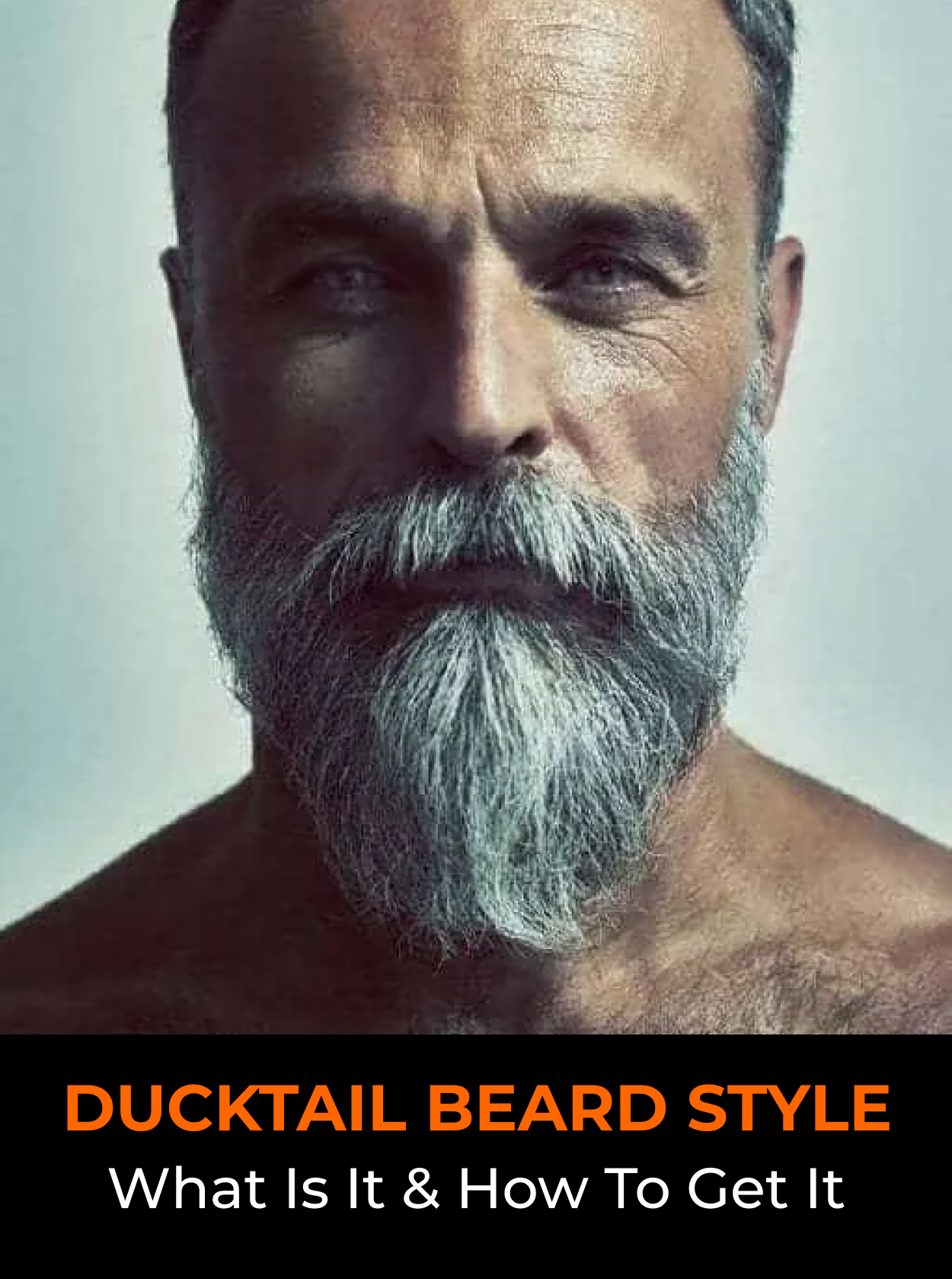
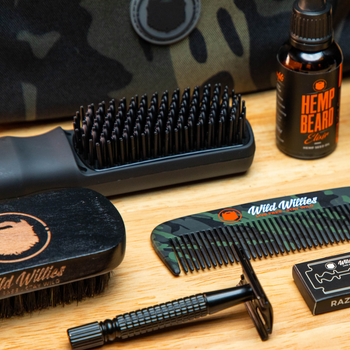
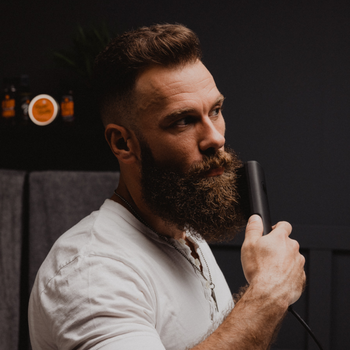
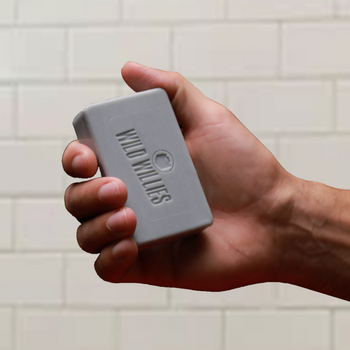

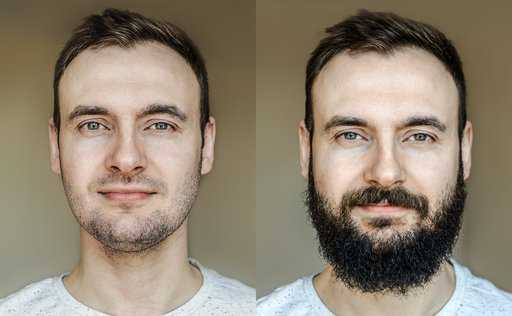
![Dry and Flaky Skin Under Beard Fix [Solved]](https://dropinblog.net/cdn-cgi/image/fit=scale-down,width=700/34242775/files/featured/42431916_Beard_itch_main.jpg)
